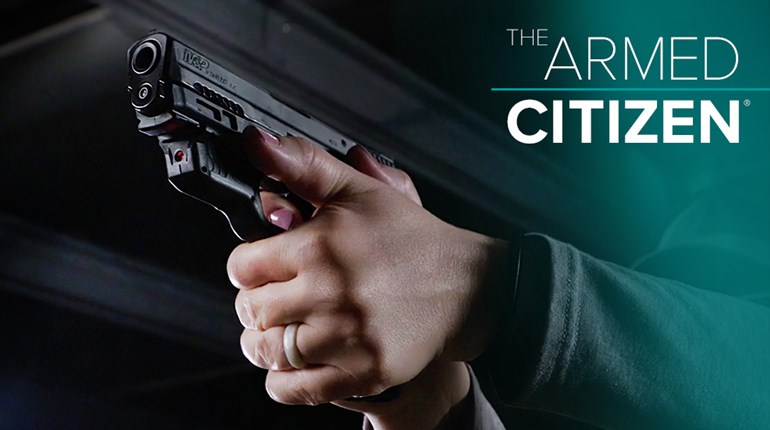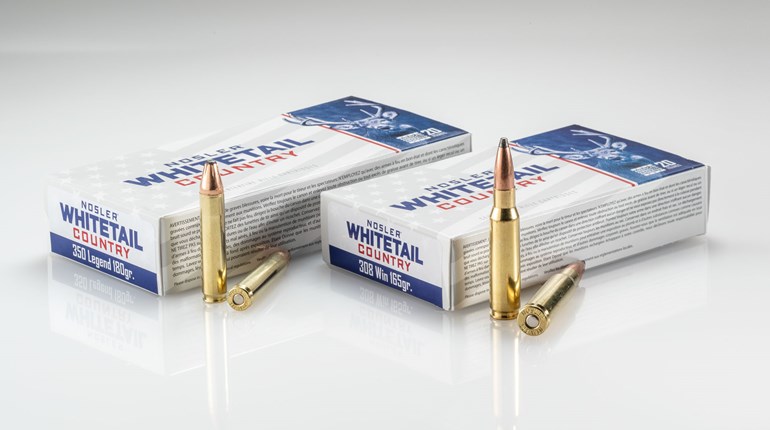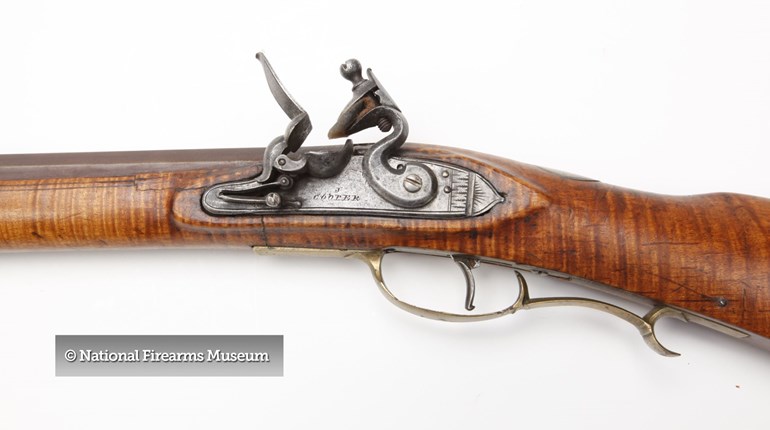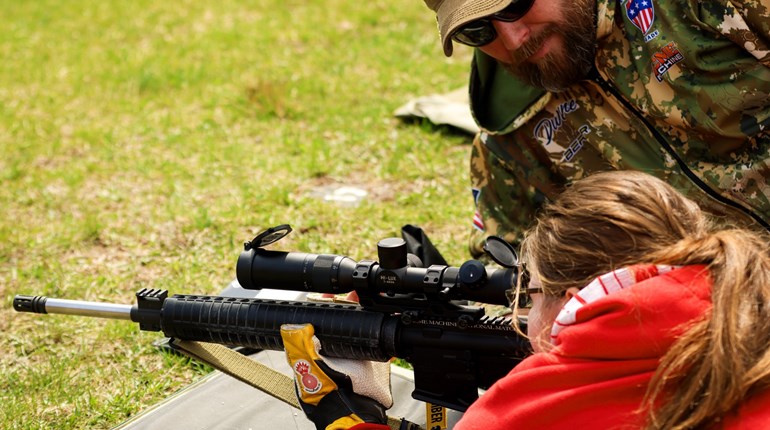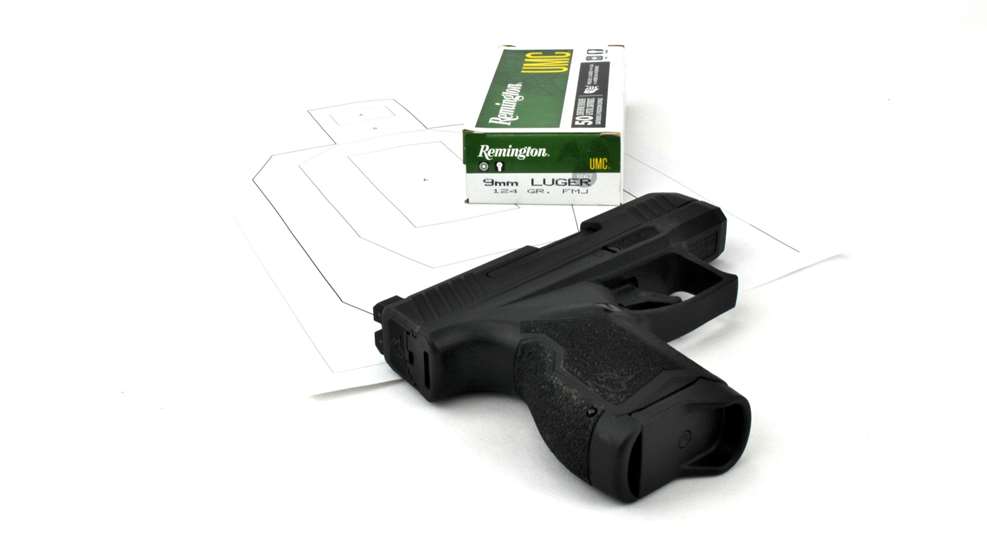
Let’s be real here: Many (if not most) gun owners don’t conduct enough practical pistol training to remain proficient. If you’re a “range ghost,” lack of time is probably the largest contributing factor. Furthermore, many public ranges are not willing to let their patrons practice the semi-dynamic motions required to realistically practice for a life-or-death encounter. Here are three drills that can be conducted in less than an hour, and which most ranges will allow (although you should always check with the Range Safety Officer anyway).
Presentation Matters Most
Many ranges simply don’t allow holstering or unholstering at their facility, and that’s a shame. If you’re local to facilities like these, you can still practice the most important part of coming out of a holster, which is the presentation. Here, we’ll concentrate on connecting our hands and punching out on target from the low-ready position as quickly as possible. Simply run a shot timer and work on getting a single shot onto a plain 8.5”x11” sheet of paper hanging at 7 yards. This will roughly represent the “A” zone of a standard IPSC target. Better still, use one of these printable, free 1/3 IPSC targets. At just three yards these will simulate a full-sized target at nine. They can be found here. A good shooter should be able to respond and place a single shot on target in under one second. With a single box of ammunition, work on beating that metric and then challenging yourself to smaller scoring zones, less time, or even both.
Iron Out that Flinch
The ball-and-dummy drill is a simple, proven technique that not only illuminates a shooter’s flinch but helps them train it away as well. Revolver shooters can set this drill up easily, as all they need are a few pieces of fired brass to get it done. Simply fill most of your cylinder with live rounds of ammunition, and then the empties with spent cases. While looking downrange, spin the cylinder and snap it closed. Next, start a string of fire and see what you do when the hammer drops on an empty cylinder. The answer should be “nothing at all.”
If you do indeed see some motion, it is going to become your job to identify the muscles that are reacting and work on retarding their motion as you press the trigger. The reason that this is so important is that your hand is making that same motion when live ammo is fired, it’s just being covered up by recoil.
For those wondering why we don’t just do this with a cylinder full of dummies at home, live ammo is necessary because your body will not trigger this “fight or flight” mechanism if it knows that the gun isn’t going to fire. This is the secret behind why most shooters start off shooting well and then degrade during their range session.
Generally speaking, relaxing your grip is the precursor to a solution. This is because it allows one to isolate the trigger finger’s motion, enabling them to move it without the rest of their hand getting involved.
Transitioning to Triumph
Most of us practice shooting with two hands. After all, that’s the way we were likely taught. However, in the event of an emergency, there is a good chance that both hands are not going to be free. One of the grimmer reasons for this is that a Condition Black encounter might have you already injured. Worse, given that we all lead with our strong hand, there is a higher likelihood that this is the hand that will either be in use or get hurt defending yourself. That’s why training with our week hand is an absolute must, as is getting the gun from one hand to the other.
With a 50-round box of ammunition, start your warm-up by firing five rounds with your strong hand, immediately followed by five with your weak hand. With your next 10 rounds practice firing one shot with one hand, and then passing the gun off to the other and firing another. Now, spend the next five rounds working on whichever hand looks like it needs the most work, and then rinse and repeat. If another 50 rounds or so are in your budget, redo the drill, but only fire when the gun is in the hand that you are trying to improve.
The secret to life is making do with the scenario that you are presented with. Often, we shy away from ranges that won’t allow us to do exactly what we want or resort to boring, pointless routines. Working in a restrictive facility doesn’t automatically limit you to mundane robotic paper punching, which you ought to see as a waste of time and ammo. (There’s nothing wrong with doing that if you have plenty of both, but that’s not who this article’s for.) With a little ingenuity and patience, we can put in some realistic practice to keep our defensive skills sharp, regardless of where we are.













